1. Overly Fresh Paint
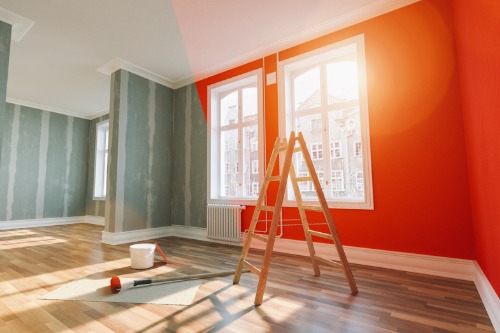
It’s tempting to fall for a home that looks freshly painted from top to bottom, but sometimes it’s hiding issues rather than enhancing them. Fresh paint can be a clever disguise for water damage, cracks, or even mold. Sellers often use it to make a home feel “move-in ready,” masking problems that will surface later. Always ask about the reason for the paint job and inspect for signs of patching or uneven texture.
Look behind the paint when you can, especially in corners, near windows, and around baseboards. Small bubbles, peeling, or unusual textures can hint at underlying moisture problems. Even if it looks perfect, request a home inspection; paint alone isn’t proof that walls are structurally sound. A cautious approach here can save a buyer from expensive repairs down the road.
2. Unusually Perfect Landscaping

Manicured lawns and perfectly pruned shrubs look amazing, but sometimes they hide grading problems or poor drainage. If water doesn’t flow away from the foundation, it can lead to costly foundation issues. Model homes often invest in landscaping to wow visitors, but reality might look different after a few seasons. Always check for pooling water after rain and examine the slope of the yard.
Trees planted too close to the house can also damage the foundation or roof over time. Watch for soil that seems overly packed or unusually dry, which could indicate poor irrigation systems. Ask about ongoing maintenance costs; some “perfect” yards require expensive upkeep. Understanding the long-term reality behind the aesthetics is crucial.
3. Cheap or Ill-Fitting Fixtures

Sometimes, the fixtures—like faucets, cabinet handles, or light switches—look fine in the showroom but are actually low-quality. Builders may install inexpensive hardware just for display purposes, knowing they’ll be replaced later. Poorly installed or flimsy fixtures can break easily and cost money to fix. Always test faucets, doors, and handles to see if they feel sturdy.
Check for misaligned drawers or wobbly cabinet doors in the kitchen and bathrooms. These small details often reveal larger construction shortcuts. Even if the finishes seem minor, they’re a reflection of the builder’s attention to detail. Don’t be fooled by a “polished” surface that doesn’t hold up to everyday use.
4. Overuse of Neutral Colors
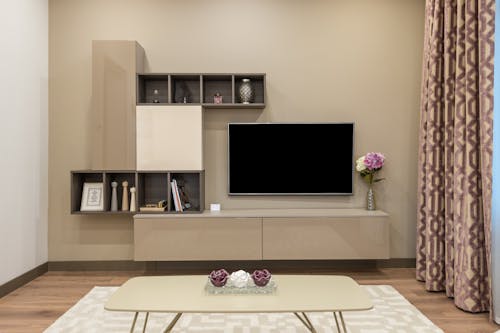
Neutral colors are safe and appealing, but they’re sometimes used to distract buyers from architectural flaws. Beige walls can hide uneven drywall or unnoticeable wall cracks. Model homes are staged to look universally appealing, but too much neutrality might mask imperfections. Ask questions and examine walls closely rather than assuming everything is flawless.
Check corners, ceilings, and areas around light switches for inconsistencies in paint texture or color. Shadows can reveal bumps or uneven surfaces. Neutral doesn’t equal perfect; it might just be a way to make you overlook real problems. A careful walkthrough can reveal what the staging is hiding.
5. Unnatural Lighting
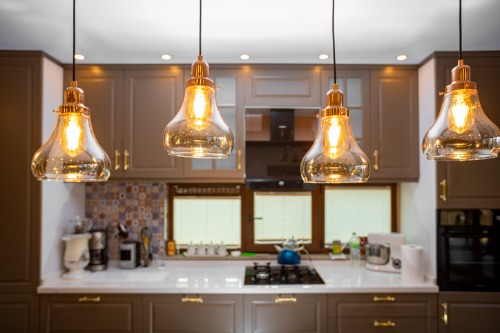
Model homes often have professional lighting setups that make spaces look brighter and bigger than they actually are. Natural light might be limited, and the staged lighting could be hiding dull corners or poor window placement. Don’t judge a room solely by its daytime appeal in a model home. Walk through at different times of the day to see how light really behaves.
Pay attention to shadows, glare, and dark spots that aren’t obvious with the showroom lights. Poor lighting can make a space feel smaller and affect your utility bills if you need extra fixtures. What looks welcoming under spotlights might feel cramped once you move in. Observing real-world lighting will give you a better sense of the home’s true atmosphere.
6. Excessive Staging Furniture

Furniture is staged to make rooms feel spacious, but it can also hide imperfections in the floor, walls, or layout. Oversized pieces or heavy decoration might obscure dents, scratches, or uneven surfaces. Model homes rely on aesthetics to create an emotional impact, which can sometimes distract from the actual livability. Always envision the space without the staging to understand its true dimensions.
Take measurements and imagine your furniture in the room. Staging can create false impressions of flow, making narrow hallways or awkward corners seem less noticeable. Walk around carefully and check for hidden damage or awkward spacing. This helps prevent surprises once the home is empty.
7. Fake Flooring Appeal
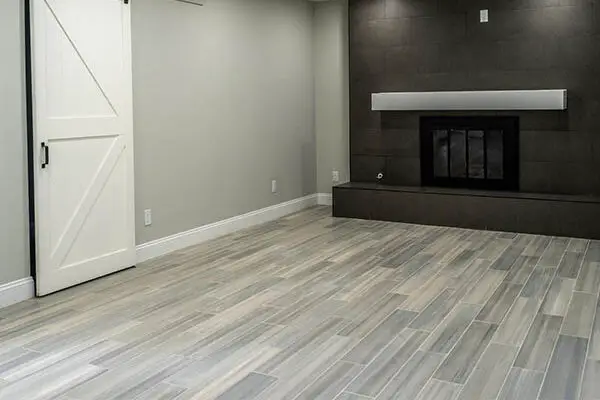
Model homes often use high-end flooring for staging, but the actual materials may differ in the final build. Builders sometimes swap expensive hardwood for laminate or vinyl once a buyer signs a contract. Always confirm what type of flooring will actually be installed. A model home’s flooring may make the space look more luxurious than it really is.
Inspect transitions between rooms and check for subtle differences in texture or color. Cheap flooring can wear quickly, curl, or require frequent replacement. Ask the builder for detailed specifications and warranties. Understanding the true material ensures there are no unexpected costs later.
8. Silence on Noise Levels
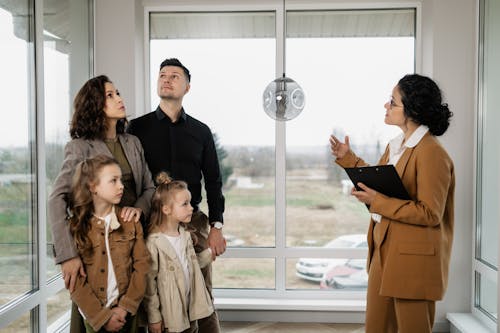
A quiet, serene model home might be staged in a low-traffic area of the development. Once you move in, roads, schools, or construction might create noise that wasn’t apparent during your visit. Model homes are often positioned to show peace and privacy that might not reflect the surrounding neighborhood. Ask about traffic patterns and check out the home at different times.
Even small sounds, like HVAC units or nearby businesses, can affect your comfort. Walk around the property and listen for hidden noise sources. Noise complaints are a common regret among buyers who rely solely on the showroom experience. Investigating beforehand can prevent surprises.
9. Overly Polished Kitchens

Kitchens in model homes are often “Instagram-ready” but may exaggerate functionality. Cabinets, appliances, and countertops are staged to look spacious and pristine. Reality may include tighter cabinet space or standard appliances that don’t match the display. Open drawers, test appliances, and check storage to ensure the kitchen meets your needs.
Look under sinks for leaks or signs of rushed plumbing installation. Sometimes the plumbing is temporarily staged for display purposes. Countertop durability may differ from what you see, especially if the model uses premium materials for effect. Don’t let the visual wow-factor replace functional inspection.
10. Perfectly Pristine Bathrooms
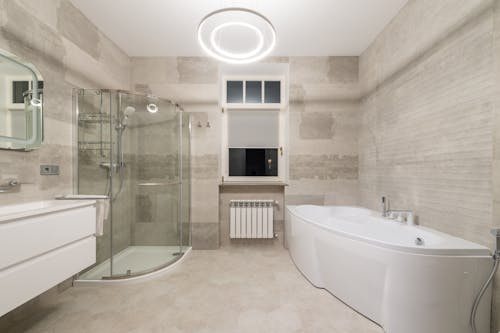
Bathrooms in model homes often look spa-like, but reality can differ. Grout may be uneven, ventilation inadequate, or plumbing not fully tested. Builders might stage sinks, showers, and tubs to appear flawless, glossing over long-term usability issues. Check for signs of moisture damage, proper slope, and water pressure before falling in love with the aesthetics.
Test every faucet and showerhead for consistent pressure and temperature control. Look for proper sealing around tubs and toilets. Bathrooms are high-maintenance areas where shortcuts become expensive quickly. A careful inspection prevents “beautiful but broken” surprises.
11. Hidden Storage Shortcomings

Model homes often hide the real storage space to make rooms feel bigger and clutter-free. Walk-in closets may appear spacious, but shelves, rods, or attic access could be limited in the final build. Overstaging can lead to disappointment when your belongings don’t fit as expected. Always measure closets, pantries, and cabinets to confirm they meet your needs.
Check under staircases and in garage storage areas as well. Some builders cut corners on shelving or door mechanisms in standard homes. Lack of functional storage can drastically affect daily living. Verifying storage ensures the home is practical, not just beautiful.
12. Too-Good-to-Be-True Pricing

Model homes often seem like the perfect value, but incentives, upgrades, or limited-time offers can distort reality. Builders may advertise the base price but rarely disclose optional add-ons included in the display home. What looks affordable initially might exceed your budget once everything is itemized. Always review the detailed cost breakdown before getting excited about the price tag.
Ask specifically which features are standard and which are upgrades. Consider maintenance, HOA fees, and utility costs as well. The “model home magic” is often financial as much as visual. Being thorough ensures you’re not misled by an attractive sticker price.
This post 12 Red Flags in Model Homes That Buyers Overlook Every Time was first published on Greenhouse Black.
